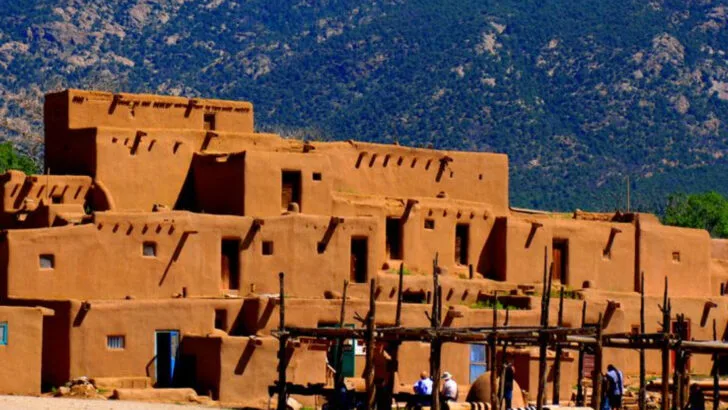Native American heritage is woven into the landscape of the United States, with ancient sites that tell stories of culture, tradition, and resilience. Some of these places welcome visitors eager to learn and connect with history, while others remain sacred and off-limits.
Respecting the balance between access and preservation is part of the experience. Here are 8 Native American sites you can visit—and 8 that remain off-limits to protect their significance.
Cahokia Mounds – Illinois
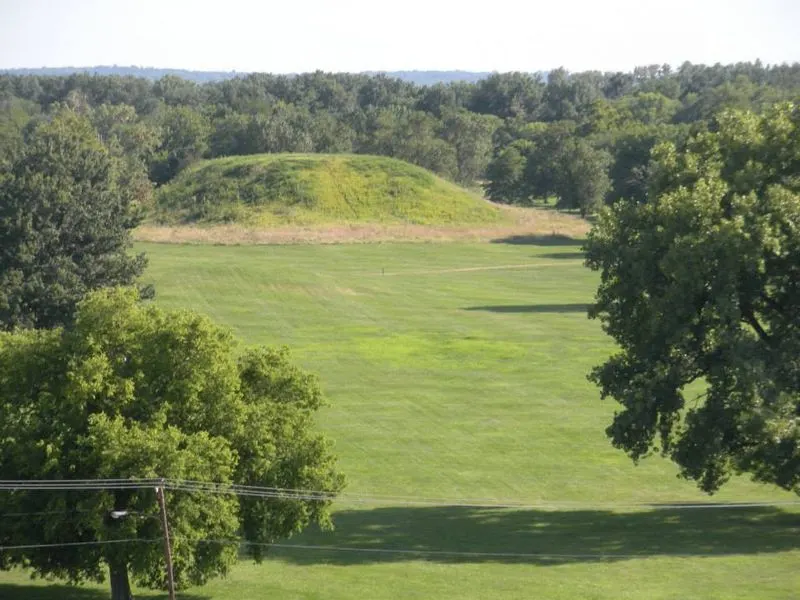
Cahokia Mounds is an archaeological marvel located in Illinois. This UNESCO World Heritage site captivates visitors with its massive earthen mounds, once part of the largest pre-Columbian city north of Mexico. Imagine a bustling metropolis of 20,000 residents, thriving with trade and culture.
The largest mound, Monks Mound, stands as a testament to the advanced engineering skills of its creators. Climbing to the top offers a panoramic view of the ancient city layout.
Whether you’re a history enthusiast or a curious traveler, Cahokia Mounds provides a fascinating window into a vibrant past.
Mesa Verde – Colorado
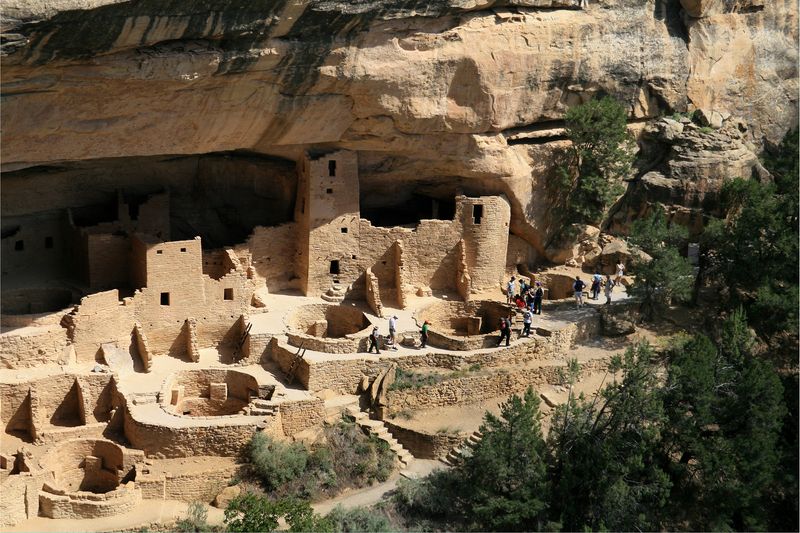
Perched high in the cliffs of Colorado, Mesa Verde National Park invites visitors to explore its ancient Puebloan structures. These cliff dwellings, intricately built into the rock face, tell stories of a civilization that thrived for centuries.
Walking through the site, one can almost hear the echoes of daily life from a thousand years ago. The craftsmanship and ingenuity of these structures are astounding.
Guided tours offer insights into the lives of the Ancestral Puebloans, allowing visitors to connect with the past in a meaningful way.
Taos Pueblo – New Mexico
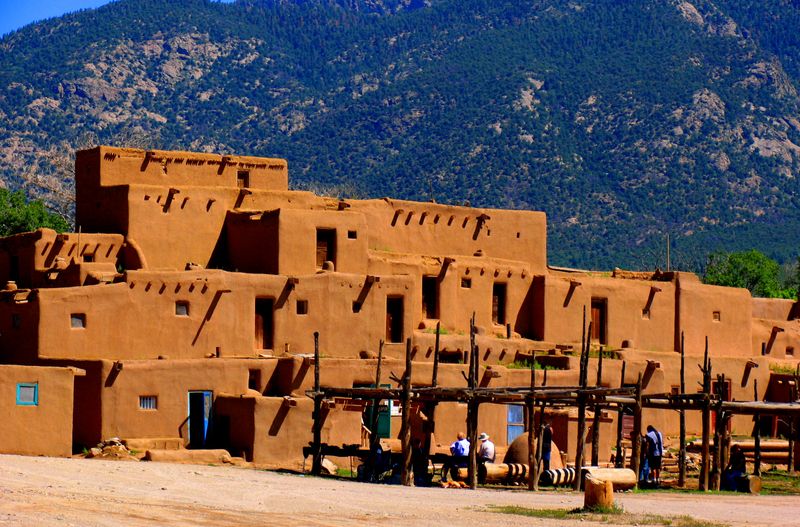
Nestled in the heart of New Mexico, Taos Pueblo stands as a living testament to Native American heritage. This UNESCO World Heritage site is home to the Tiwa-speaking Native American tribe, who have inhabited the area for over a thousand years.
The pueblo’s iconic multi-storied adobe buildings are as striking as they are historic. Visitors can experience a genuine connection to the past while walking through its ancient pathways.
Engage with the community and learn about their traditions, arts, and crafts, which continue to thrive amidst modern influences.
Acoma Pueblo (Sky City) – New Mexico
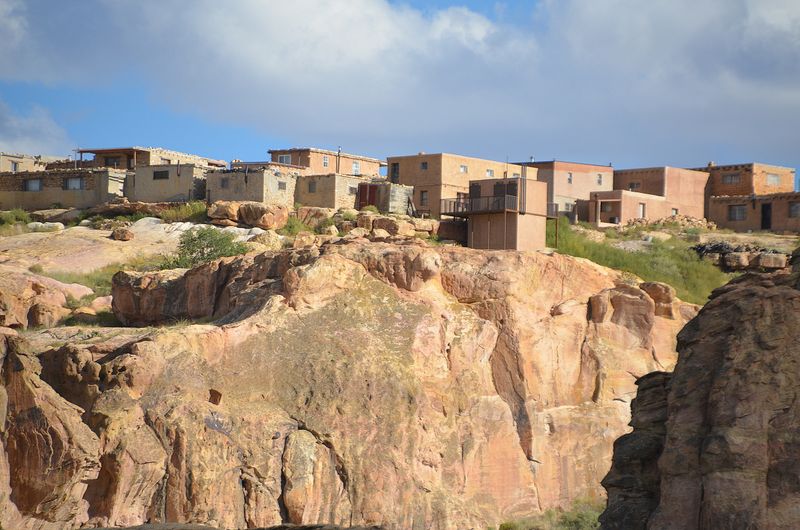
Acoma Pueblo, or Sky City, is spectacularly perched atop a mesa in New Mexico. Known as one of the oldest continuously inhabited communities in North America, it offers breathtaking views and profound historical insights.
The pueblo’s strategic location provided natural defenses against invaders, and its adobe buildings reflect centuries-old architectural practices. Visitors are welcomed to explore the cultural center and museum.
Tours led by Acoma guides offer a glimpse into the rich heritage and ongoing traditions of the Acoma people, making it a must-visit destination.
Chaco Culture National Historical Park – New Mexico
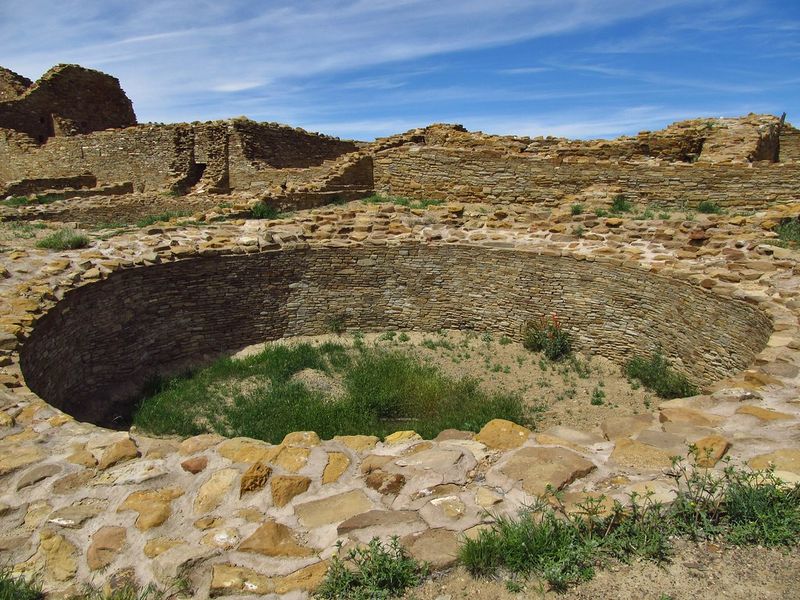
In the remote desert of New Mexico lies Chaco Culture National Historical Park, a hub of ancient Chacoan civilization. The site’s massive stone buildings and intricate road systems reveal the organizational prowess of its inhabitants.
Visitors can wander through the ruins, where each stone tells a story of a sophisticated and thriving society. The park’s night sky programs also highlight the Chacoans’ advanced understanding of astronomy.
Chaco Culture offers a profound connection to the past, showcasing the complexity and grandeur of pre-Columbian life in the American Southwest.
Serpent Mound – Ohio
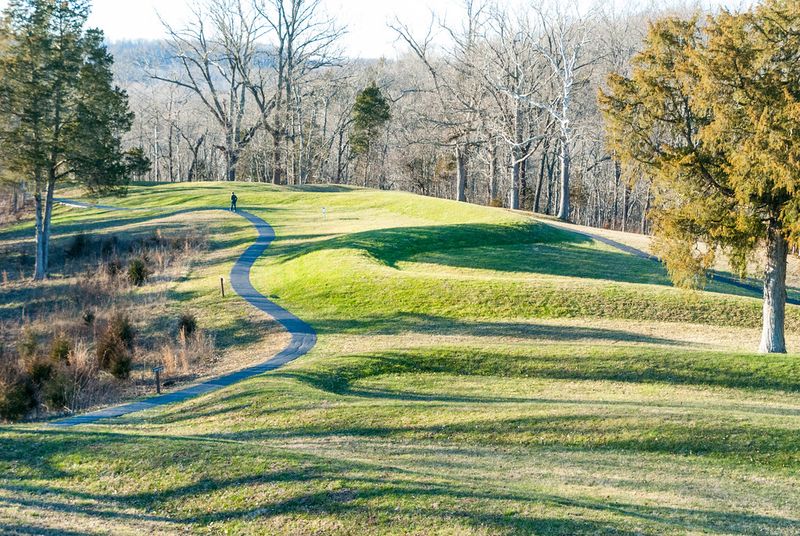
Serpent Mound in Ohio is a marvel of prehistoric engineering, a giant earthwork sculpted in the shape of a serpent. Its origins and purpose remain shrouded in mystery, captivating the imagination of all who visit.
The mound stretches for a quarter of a mile, its curves aligning with celestial events such as solstices. This suggests a sophisticated understanding of astronomy by its builders.
Visitors can walk along the perimeter, absorbing the awe-inspiring scale and contemplating the legacy of the ancient peoples who constructed this enigmatic monument.
Montezuma Castle – Arizona
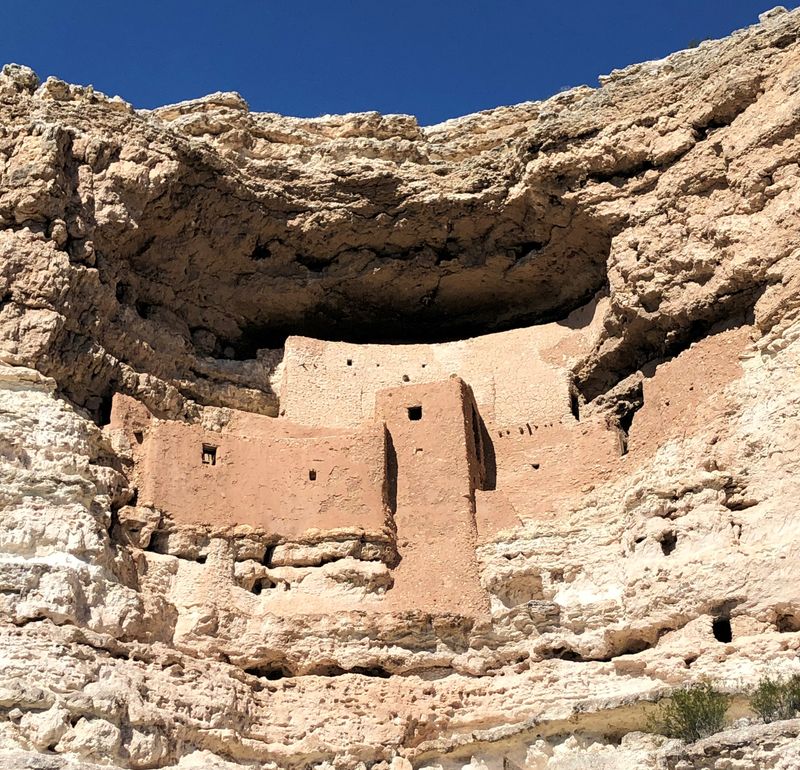
Tucked away in Arizona’s rugged landscape, Montezuma Castle stands as a testament to the ingenuity of the Sinagua people. This ancient cliff dwelling, remarkably preserved, offers a glimpse into life in the 12th century.
Perched high in the limestone cliffs, the structure resembles a castle, though it was a multi-family dwelling. Its strategic location provided both shelter and defense.
Visitors are transported back in time as they explore the site, reflecting on the resourcefulness and adaptability of its original inhabitants.
Moundville Archaeological Park – Alabama
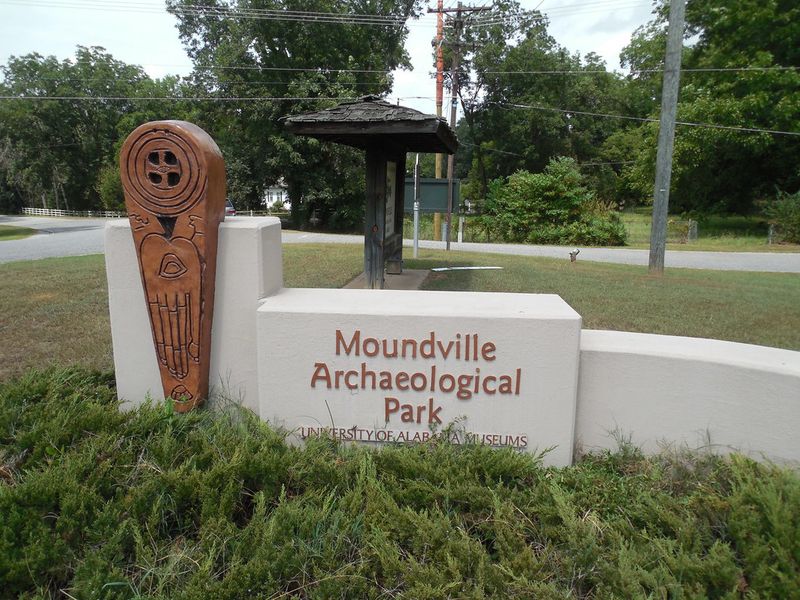
Moundville Archaeological Park in Alabama offers a window into a bustling Mississippian culture metropolis. The site features 26 earthen mounds, each with its own unique history and purpose.
Walking through the park, visitors can explore the remains of what was once one of the largest settlements in North America. The mounds served as platforms for temples and residences of the elite.
Interactive exhibits and a museum provide deeper insights into the lives of the people who called this place home more than 800 years ago.
Mount Graham – Arizona
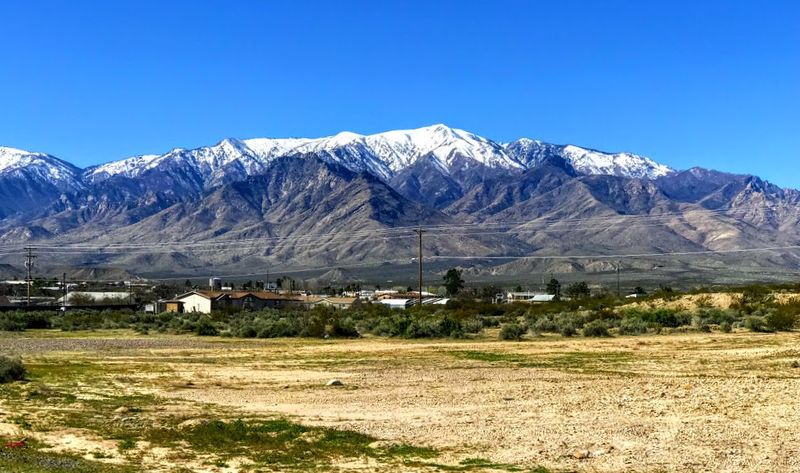
Mount Graham, located in Arizona, holds deep spiritual significance for several Native American tribes. Its forested slopes and diverse ecosystems are believed to be inhabited by spiritual beings.
While the mountain attracts researchers and tourists, certain areas remain off-limits to preserve their sacredness. This respect ensures the site’s spiritual integrity is maintained.
Tribal members continue to conduct ceremonies and offer prayers here, safeguarding their cultural traditions. Mount Graham serves as a reminder of the balance between modern interests and indigenous rights.
Devils Tower summit (closed during June) – Wyoming
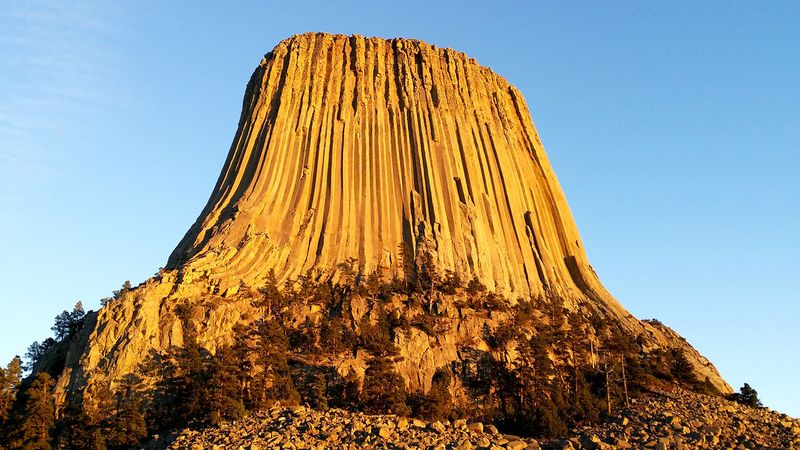
Rising dramatically from the Wyoming plains, Devils Tower is a geological wonder and sacred site for Native American tribes. Its striking formation has inspired myths and legends passed down through generations.
The summit is closed to climbers during June, a time reserved for tribal ceremonies and traditions. This temporary restriction underscores the cultural importance of the site.
Visitors are encouraged to explore the surrounding trails, where interpretive signs share the tower’s cultural significance and natural history. Respect for the site is paramount in preserving its sanctity.
Havasupai sacred areas beyond Havasu Falls – Arizona
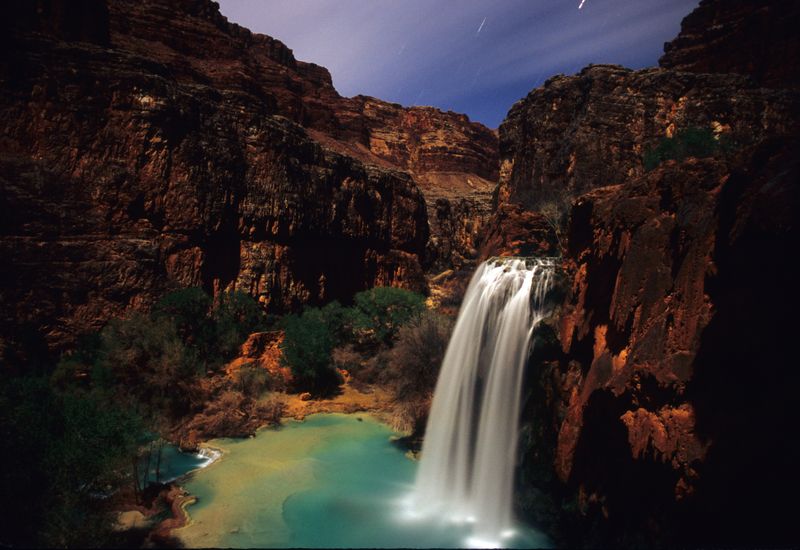
Beyond the breathtaking beauty of Havasu Falls lie sacred areas belonging to the Havasupai tribe. Known for their stunning turquoise waters, these falls are just the beginning of a culturally rich landscape.
The tribe restricts access to certain areas to preserve their spiritual and cultural heritage. Visitors are asked to respect these boundaries, ensuring the continuation of sacred traditions.
Guided tours provide insight into the Havasupai way of life, offering a chance to learn about their history and connection to the land through storytelling and cultural exchange.
Medicine Wheel sacred circle – Wyoming (restricted access)
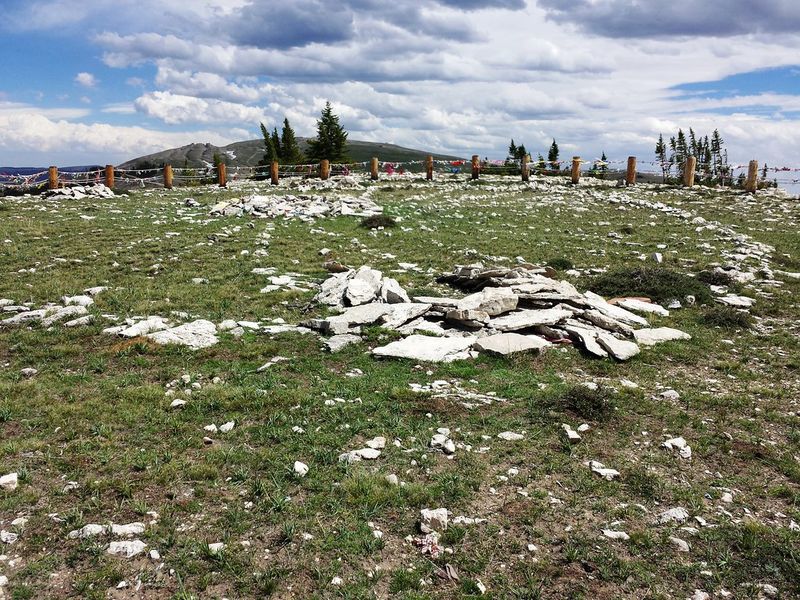
High atop a mountain in Wyoming sits the Medicine Wheel, a sacred stone circle used for centuries by Native American tribes. Its precise origin and purpose remain a mystery, adding to its allure.
Access to the wheel is restricted, particularly during sacred ceremonies. This ensures its integrity and spiritual significance are respected.
Those fortunate enough to visit are treated to breathtaking views and a profound sense of history. The wheel’s alignment with celestial bodies further underscores its importance to the tribes who continue to hold it in reverence.
Bears Ears specific ceremonial sites – Utah
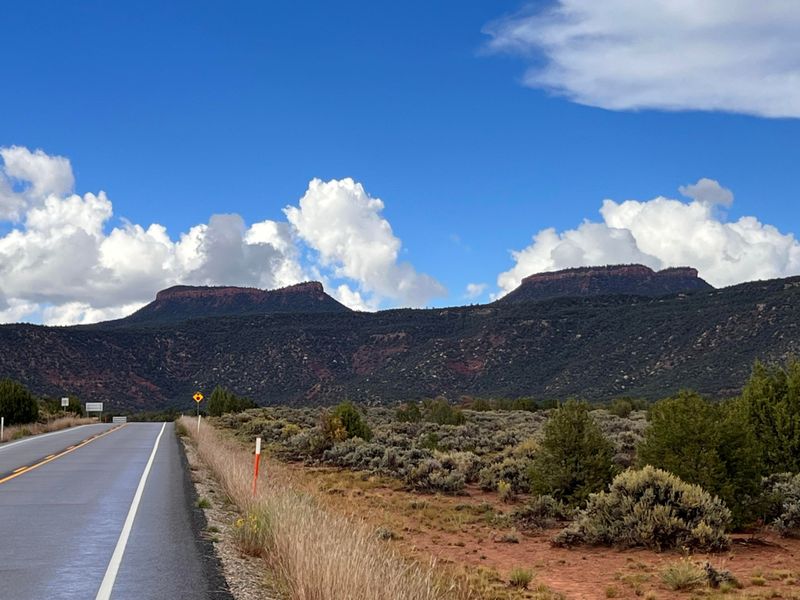
Bears Ears in Utah is not only a geological landmark but a cultural treasure trove. This vast area is dotted with ceremonial sites sacred to various Native American tribes.
While the landscape is open to public exploration, specific sites remain off-limits to protect their cultural significance. This respect is vital for preserving tribal heritage.
Efforts to safeguard Bears Ears underscore the ongoing struggle for indigenous rights and the importance of these places to tribal identity. The monument stands as a testament to the enduring legacy of Native American culture.
Black Hills sacred sites – South Dakota
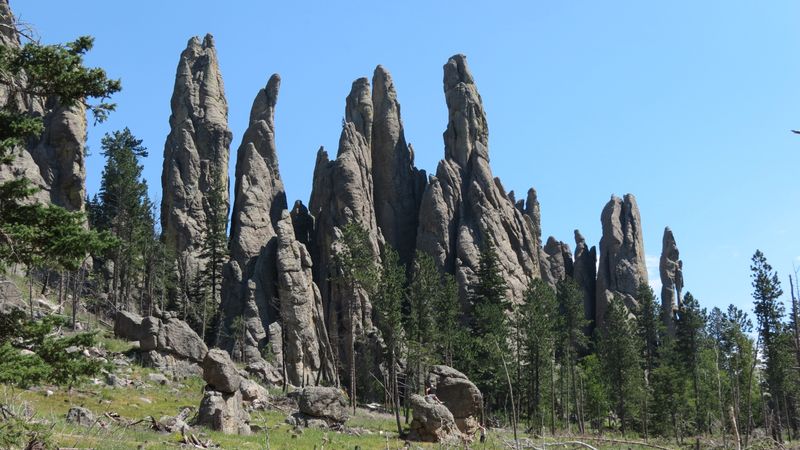
The Black Hills of South Dakota hold profound spiritual significance for the Lakota and other tribes. These forested hills are considered sacred, with legends and cultural practices deeply rooted in the landscape.
While the area attracts countless visitors for its natural beauty, certain sites are off-limits to honor tribal traditions. This respect ensures that sacred rituals and ceremonies can continue uninterrupted.
The Black Hills serve as a reminder of the deep connection between land and identity, where natural beauty and cultural heritage intertwine seamlessly.
Certain caves at Bandelier – New Mexico
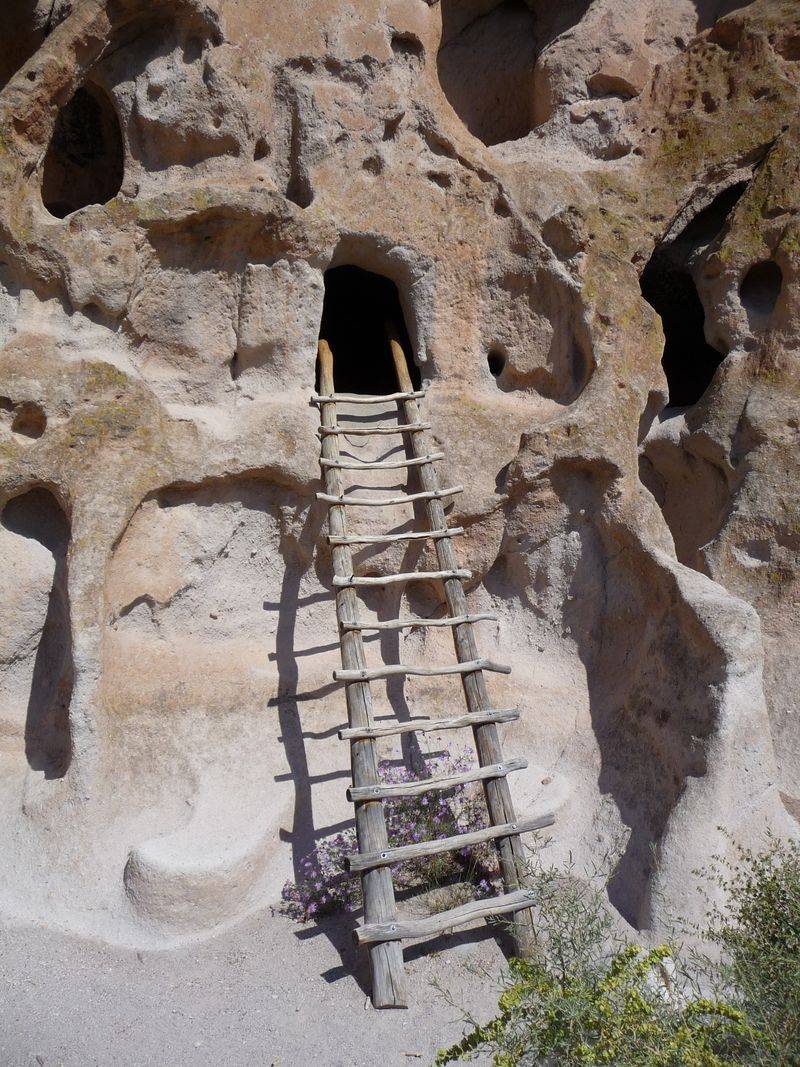
Within Bandelier National Monument, certain caves hold special significance for local tribes. These cave sites, nestled in the rugged canyons of New Mexico, are revered as sacred spaces.
Access to these specific caves is restricted to preserve their spiritual importance and protect them from disturbance. Visitors can explore the surrounding areas and learn about the broader historical context of the monument.
The preservation of these caves highlights the delicate balance between public interest and the safeguarding of indigenous cultural sites, ensuring their legacy endures.

